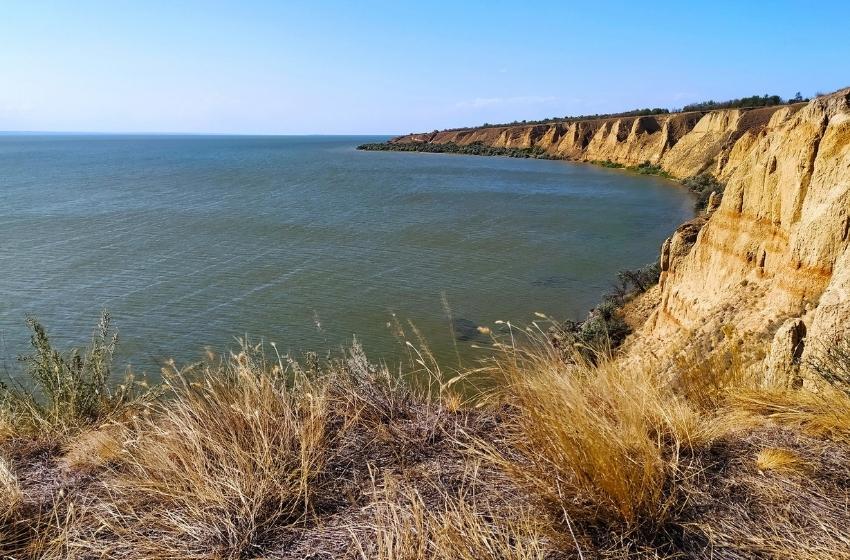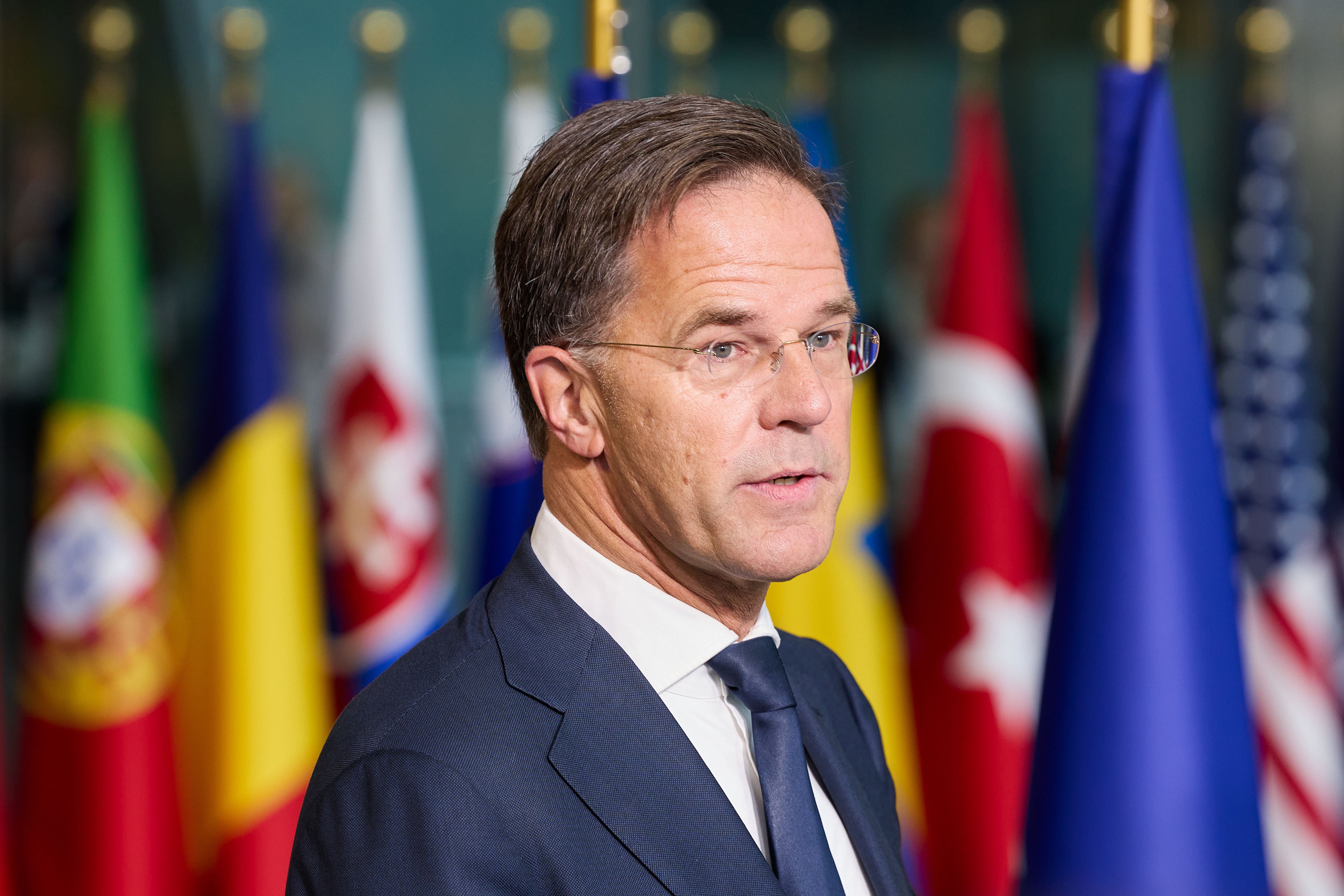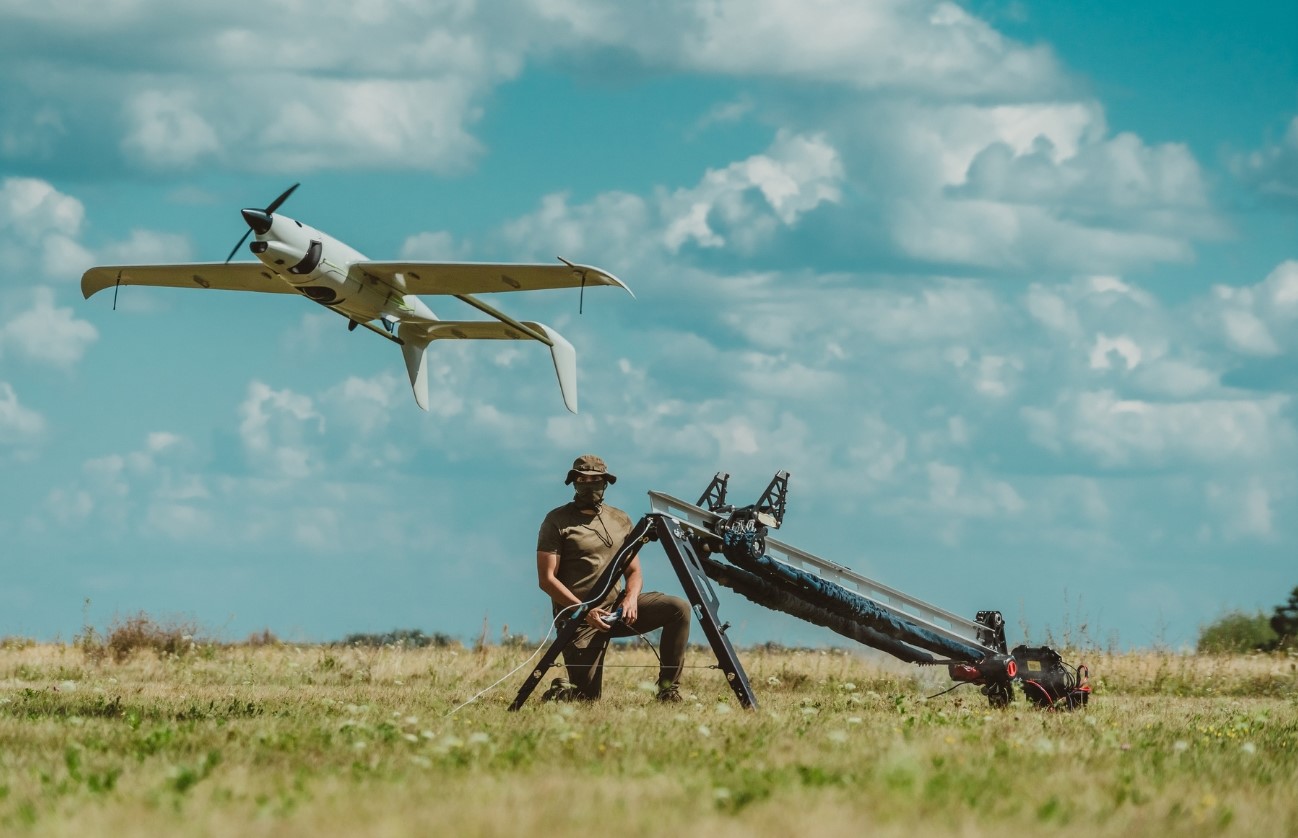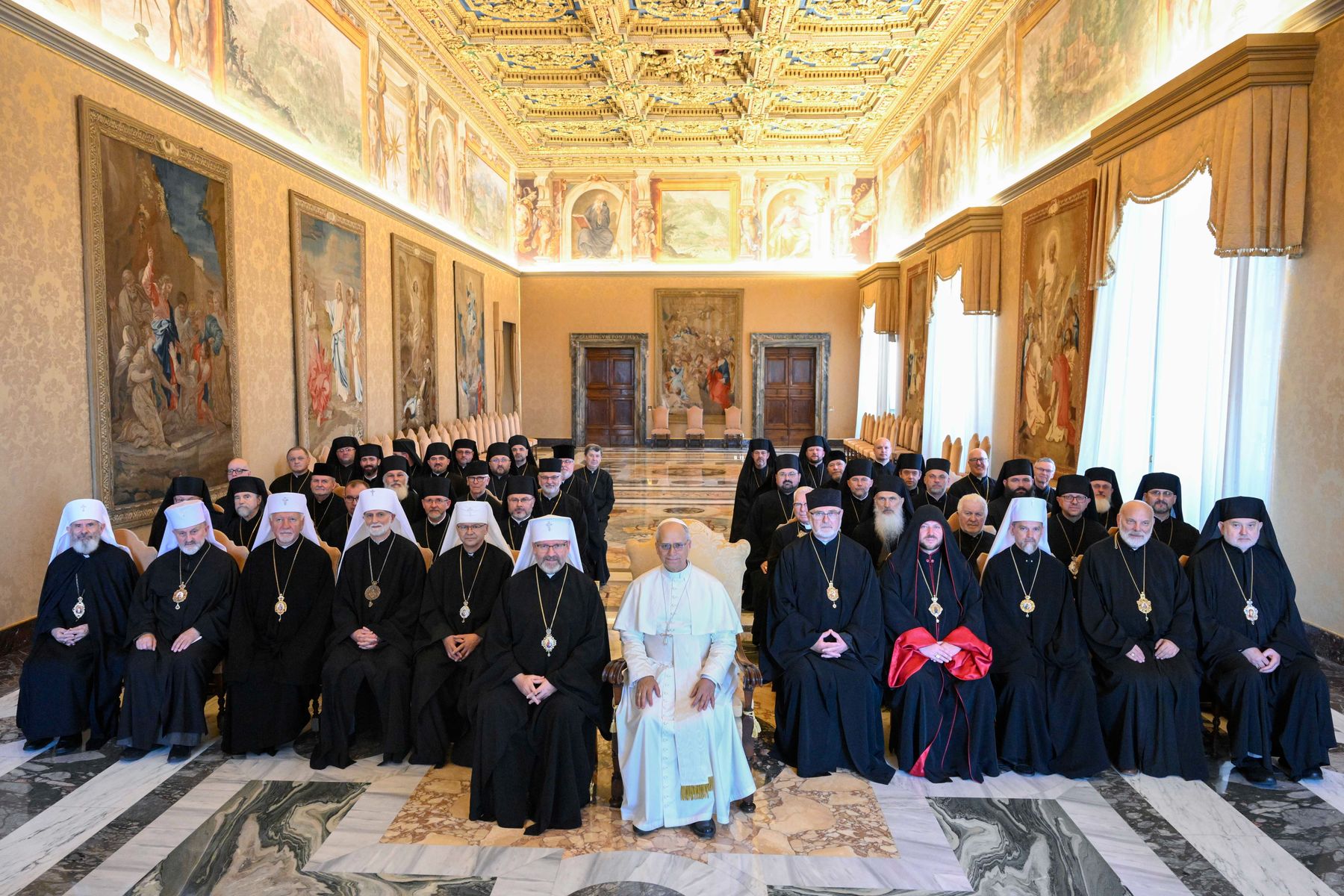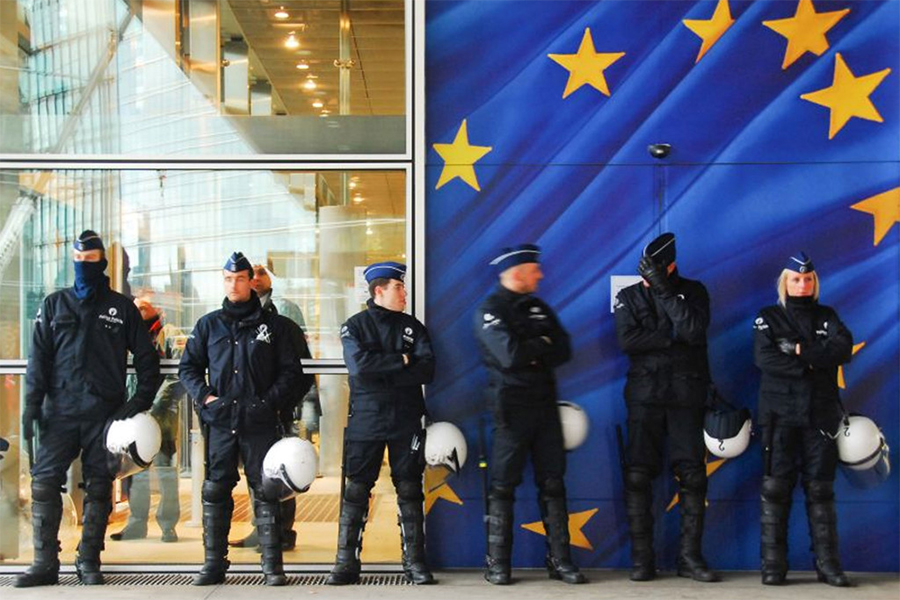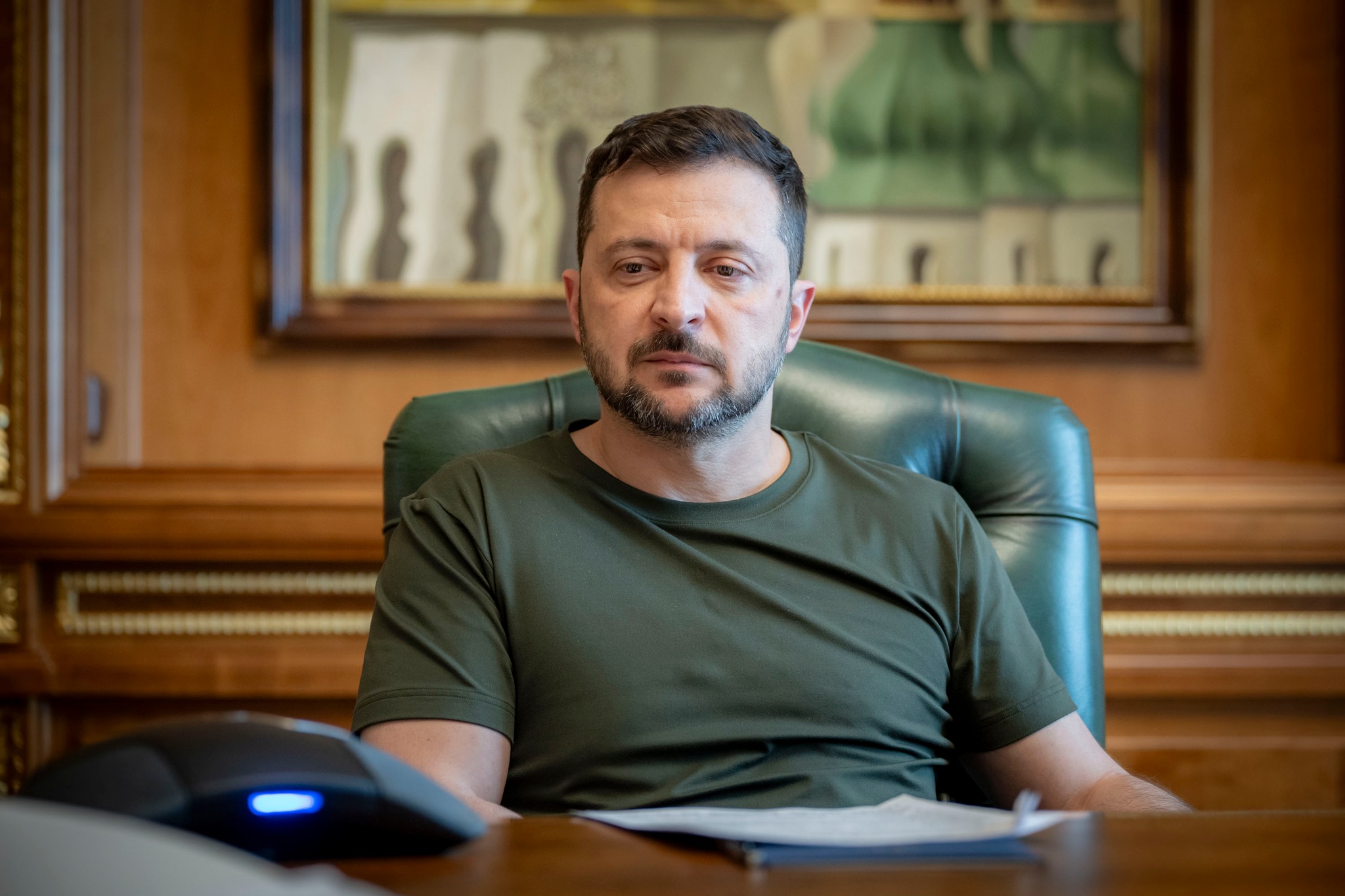Interesting discoveries in the regions of the northern Black Sea coast. The history of the small Greek city of Nikonion, has long been overshad owed by grandeur and power more famous neighbours: Olbia, Panticapaeum, Tavriya, Tyra, Istria and others.
The ancient era is one of the most striking historical and archaeological pages of Southern Ukraine. It lasted almost a thousand years in the south of modern Ukraine - from the end of â…¦ century. The states of the northern Black Sea coast on the one hand, remained a part of the ancient world, and on the other - maintained various contacts with local barbarian tribes: Scythians, ghettos, Thracians, Sarmatians and others.
Due to the influence of the ancient states of the North, the Black Sea culture of these peoples had specific features, and their historical development proceeded faster. Active interaction of ancient and barbarian civilizations could not but lead to originality in the historical and cultural development of the Greek states. Based on this study of history and socio-economic development, the ancient states of the northern Black Sea coast are extremely important significance not only for the history of the ancient world but also for the ancient history of Ukraine. This constantly attracts researchers to study the region.
The ancient Greek town of Nikonion is the remains of which are located on the northern outskirts of the village. Roksolana, Odessa region - on the left bank Dniester estuary, and as evidenced by many ancient authors, left a significant mark in the ancient history of Ukraine.
The first scientific research on the ancient period of the Lower Transnistria appeared in the Middle Ages and continued into the new ones in modern times. Since the fourteenth century, researchers have tried to localise the ancient monuments of the Lower Transnistria, including Nikonion.
In its development, the city has passed two main stages:
* Pre-Roman time;
* the first centuries of the new era.
The city was founded somewhere in the late VI century BC BC, according to most scholars from the Istria - Miletus colony in the lowlands of the Danube. It got its name in honor of the unknown sea victory of the Greeks over the Persian fleet.
From the very beginning, Nikonion was formed as a city-polis. This is evidenced the presence of a defensive wall, the probable division of land into the clergy, the minting of the city's own coin. A large rural area that belonged to the city was located on the land's interior away from the sea. It characteristic of other ancient states.


On the left bank of the Dniester estuary after the founding of Nikonion in the IV century. B.C. there were 12 ancient settlements. Through Nikonion there was a development lands of the Left Bank of the Dniester. In the archaic period, Nikonion was independent political mechanism with a leading center in Lower Transnistria and him belonged to the first policy functions.
In the first half of the V century, BC greek population of rural settlements in the Lower Transnistria moved mainly to Tyra and Nikonion, which is natural for the entire North-Western Black Sea coast. It was associated with changes in military and political circumstances in the region and the intensification of Scythian statehood, and possibly moving from the east to the region's new nomads. But Nikonion continues to develop as a polis structure and does not lose its autonomy. The coincidence of the interests of the Scythian elite and Greek aristocracy was reflected in the issuance of coins on behalf of Scythian king Scylla (first third of the V century BC, the rate of which was in Nikonion).
In the second half of the V century BC Nikonion, like other cities in the northwestern Black Sea coast, falls under the influence of the Athenian state. Nikonion was a member of the Athenian Maritime Union and paid Athens formal tribute. But Nikonion remained a city-polis. In the middle of the V century BC, the city had a system of fortifications, housing was intensified, stone houses with basements appeared, and highly artistic ceramics were imported.
In the last quarter of the IV century BC, according to archaeological evidence, the city was taken storming the army of Zopyrion, one of the commanders of Alexander Macedonian. However, life on the site still simmered for decades. At that time, Nikonion was no longer an independent polis but was part of Tyras policy.

In the middle of the III century BC under the influence of internal and external causes, the inhabitants left Nikonion. Scientists believe that this may have been associated with the invasion of the northern Black Sea Celtic tribe's gelats, or the attack of advanced detachments of early Sarmatian tribes, aggravation of relations with barbarian tribes.
Life on the mound was revived only a few centuries later at the edge of the I-II centuries - the first quarters of the II century. For a long time Nikonion of the first centuries BC was considered a small unfortified settlement. The city was also part of Tyras polis. Here was a small military garrison, who guarded the approaches to Tyra. Research in recent decades has allowed significantly adjust this point of view.
During excavations in Nikonion, the remains of defensive walls, stone foundations of one- and multi-chamber living quarters, many utility pits as well significant material and treasure of Tyras coins of the end of the II - beginning of the III century AD, indicating an intense life here after a few centuries of desolation.
Scholars attribute the population of Nikonion in Roman times to the Late Scythian, but in the culture of the Roxolana settlement there are significant Greek, Roman, Sarmatian and Tracian influences.
Every ancient city tried to ensure its maximum economic independence from external factors - the so-called autarky. The basis of autarky was the food independence of the polis. The basis of the economy of the vast majority of ancient policies was agriculture. Nikonion and the settlements of his district were no exception. The availability of appropriate natural resources facilitated this.




Paleobotanical studies have revealed that the inhabitants Nikonion grew millet, barley, and wheat. They used a two-field or steam system of agriculture, in which there was an annual change of fields that needed to be sown. Land allotments of the townspeople were located on the plain to the east and northeast of Nikonion. The fields were rectangular in plan. Tools for collecting harvest in Nikonion are represented exclusively by sickles. Threshed grain is stored in pits, granaries, pithos (clay barrels), and amphorae. Rotary mills were used to grind grain. Little is known about the development of horticulture in Nikonion. On stucco ceramics locally produced prints of apple and dogwood pits. At excavations in Nikonion found the seeds of cultivated grapes. They could have both local and imported origin.
The natural conditions of the Lower Transnistria in ancient times were favorable for breeding livestock. As shown by archaeozoological research, the species composition of the Nikonian herd was diverse. In the percentage was dominated by sheep and goats. Second in number there were cattle. In third place was horsemanship, the role which grows in Roman times. The inhabitants of Nikonion fed pigs, and dog meat was also used for food.
One of the leading places in the economic activity of the inhabitants of Nikonion was fishing. This was facilitated by the great fish wealth of Tyra and the Black sea. The cultural layer of the settlement is saturated with fish scales and bones. Among them are carp, catfish, pike perch, and sturgeon species. Tools industrial fishing were nets, as evidenced by the findings of the remains of traps and shipped.
The Nikonians also fished with a fishing rod, as evidenced by the findings of metal hooks. Extensive use of fish has led to the distribution of fish dishes in Nikonion. The inhabitants of Nikonion salted the fish, and her valuable varieties (sturgeon) were exported to the Mediterranean.
It is interesting to find a lion's tusk in Nikonion. Lion and leopard bones repeatedly found in Olbia. According to scientists, lions and leopards imported to Olbia for circus games and did not belong to the local fauna. In our time, lions and lynx in the North Black Sea area have been around for a long time. They were well known in ancient times.
The Nikonians were also engaged in handicrafts. Among its species or not on the first place needs to be put extraction and processing of a stone which used in the construction and manufacture of tools. With construction and shipbuilding are closely related to woodworking production, which recorded since the founding of settlements.

As evidenced by the findings of the spinning wheel weaving sinkers, parts of a loom, weaving, and leather production had the character of home crafts. Bone carving occupied an important place in the type of activity Nikonians. Many tools and handles were made of bone knives, sickles, etc., cult items and amulets. In Nikonion casting and processing of non-ferrous metals is fixed. About the artistic minting of metals is evidenced by the minting of one's own coin.
Handicraft production encouraged the development of domestic trade. On foreign trade was also high. Traded policies with 80 Mediterranean centers of Ionia, Attica, Fasos, Lesbos, Corinth and others. Trade was also conducted with neighbouring cities: Istria, Olbia and others. Greco-barbaric trade was at the level of natural exchange. In exchange for Greeks transported agricultural products, wine and handicrafts. But the role of trade in the economy of Nikonion should not be exaggerated since there were no well-established permanent contacts.
The cultural development of the Nikonians was at a high level. In pre-Roman times, the city inhabitants knew literacy well, used things, executed in the best traditions of ancient art. Among them were everyday things made in the so-called animal style. Finds of remaining musical instruments indicate the development of musical culture.
Residents of Nikonion worshiped the gods of the Olympic pantheon: Dionysus and below idols from his entourage (Silenus, Menadis, Pan), Demeter and her daughter Corey Persephone, Athena, Artemis, the gods of war Ares, and many others. Significantly the cult of the Mother of the gods Cybele and the river god Tyras took place. Special Zeus and the goddess occupied a place in the religious views of the inhabitants of Nikonion Victories of Nike, who were considered city patrons. The Nikonians, as in other Greeks were living on the northern shores of the Black Sea widespread myths about the stay of Hercules in our region, about his connection with local chthonic goddesses like the serpent goddess he mentioned Herodotus. Some incidental evidence suggests that the Nikonians worshiped the patron Euxine Pontus Achilles - the ruler of the White Island (modern Snake island ) and a yogi son of Neoptolemus, who was in charge of the lighthouses.

Thus, Nikonion was a small but typical ancient Greek polis of the Northern Black Sea coast. Along with Olbia, Tyra, Panticapaeum, and other city-states, it made his own possible contribution to the development of the ancient history and culture of Ukraine.

Based on the materials by Olga Gumenyuk









